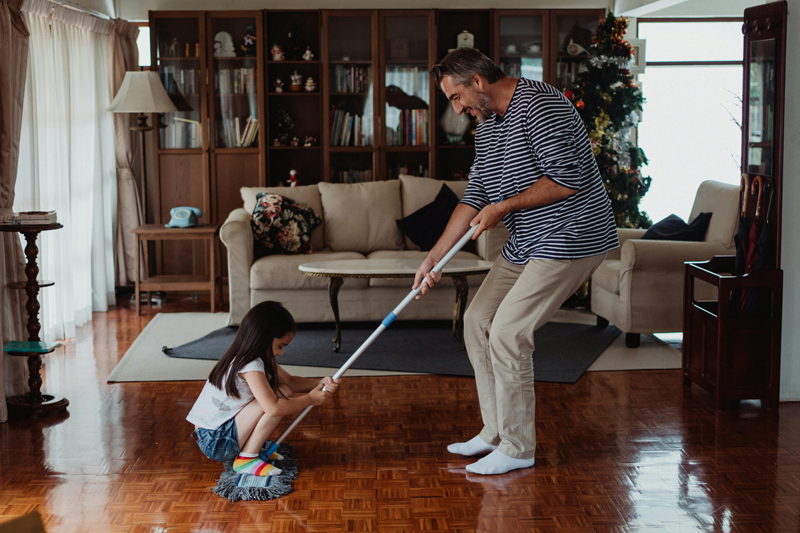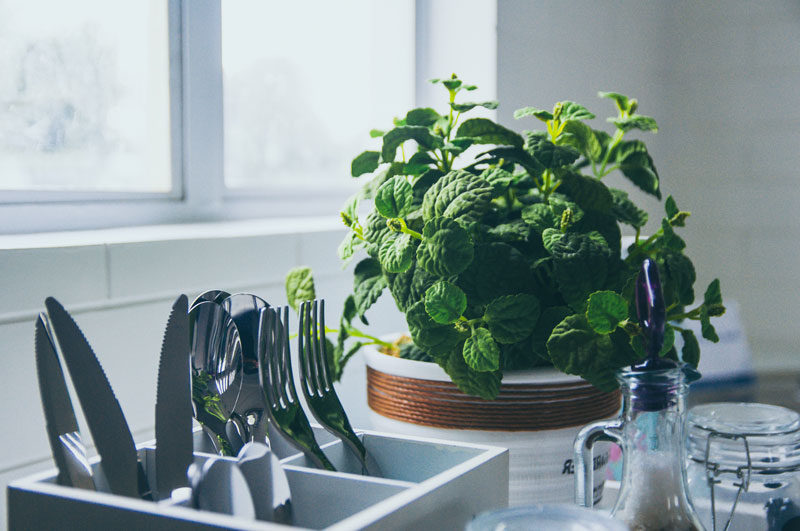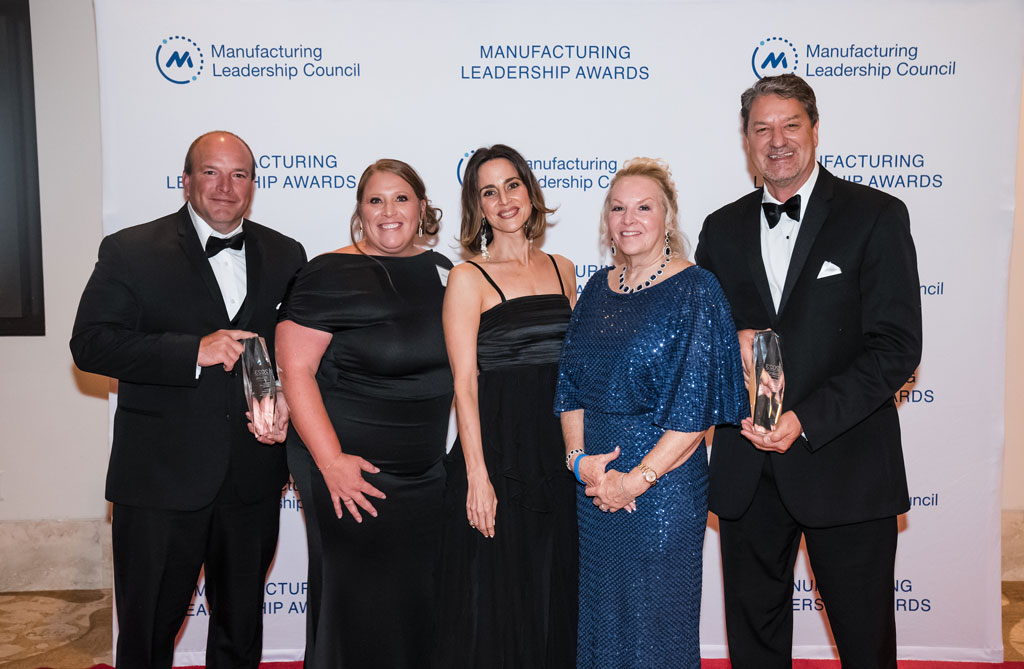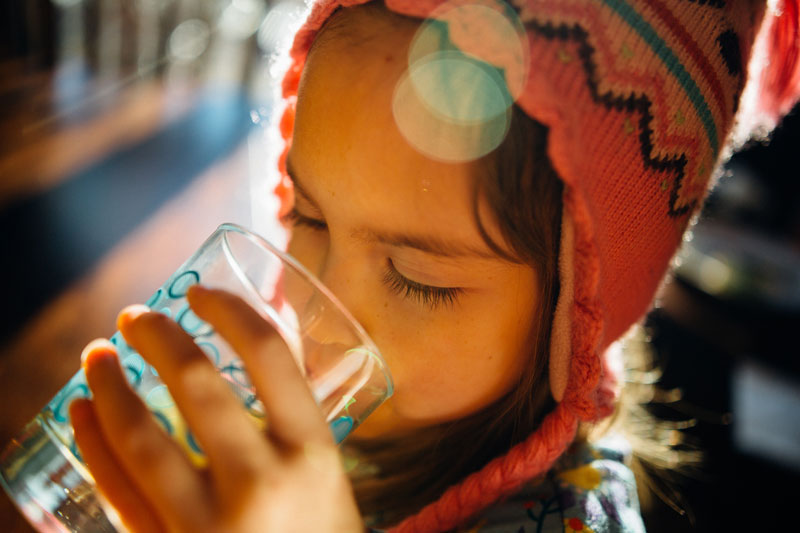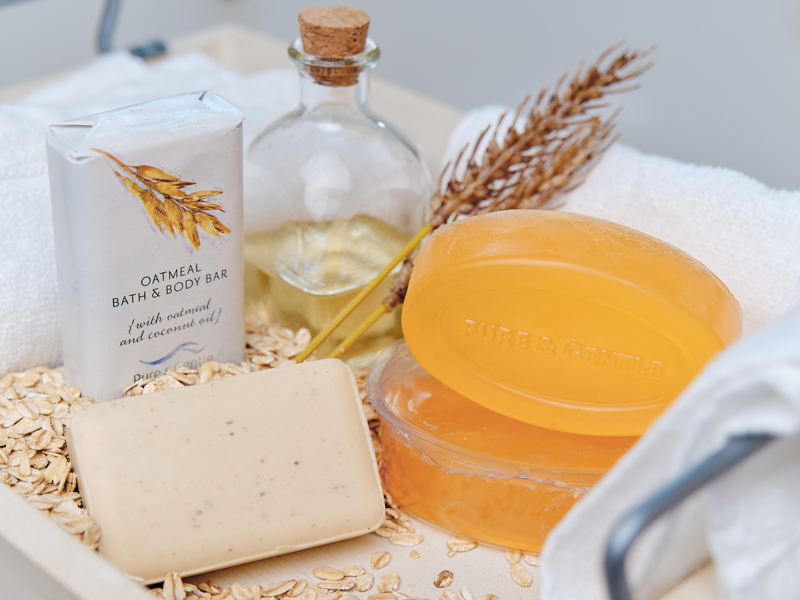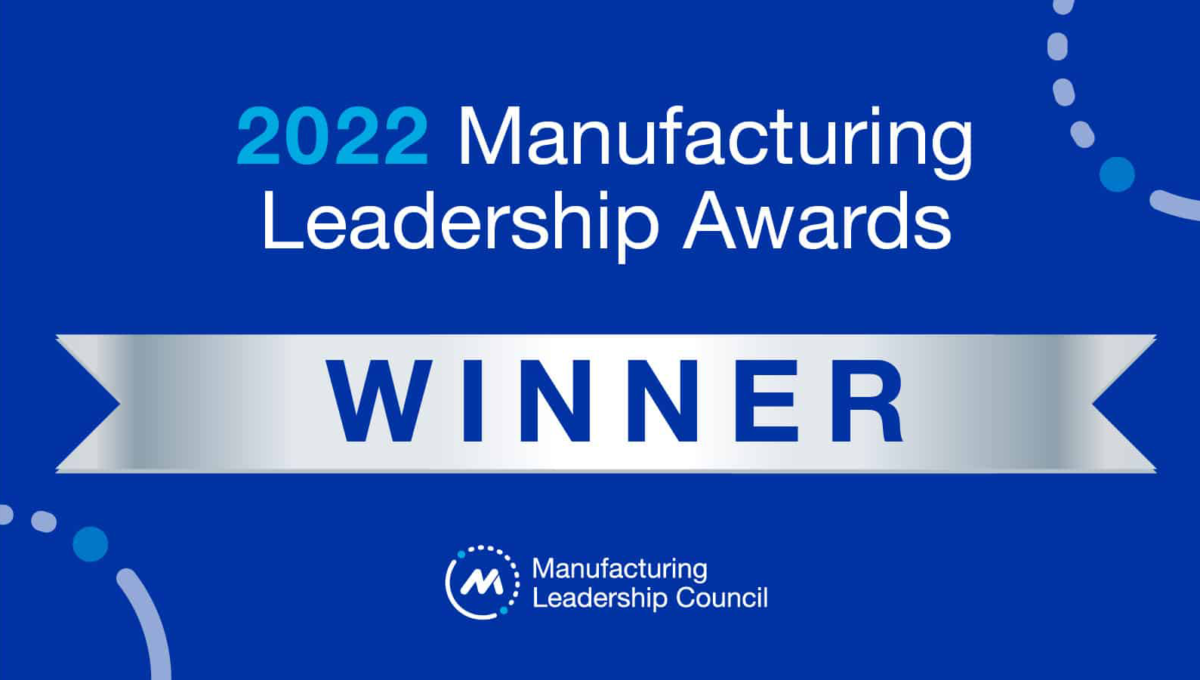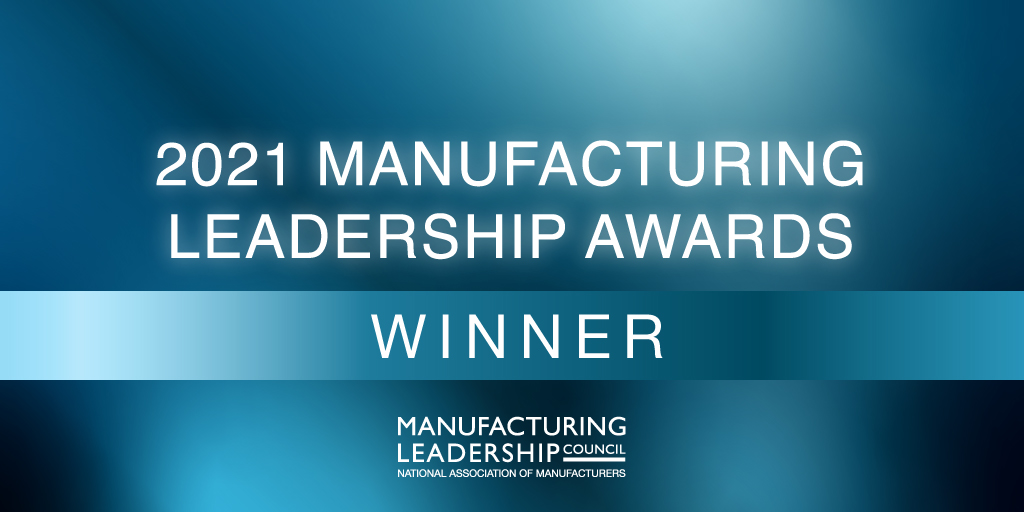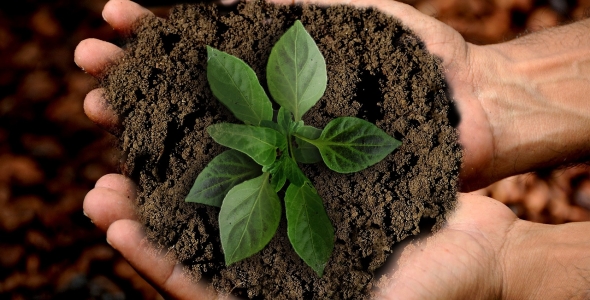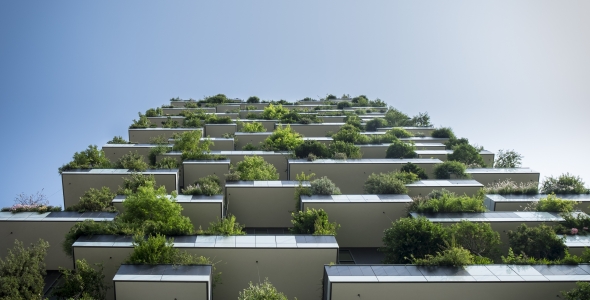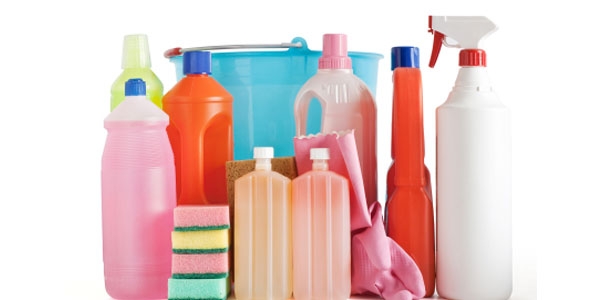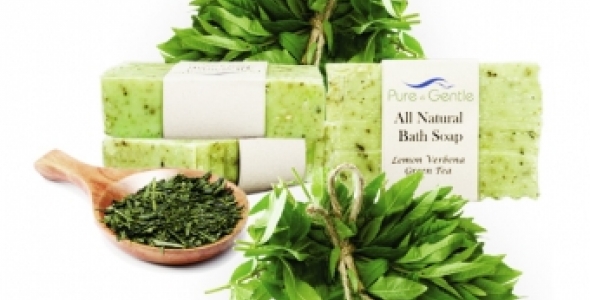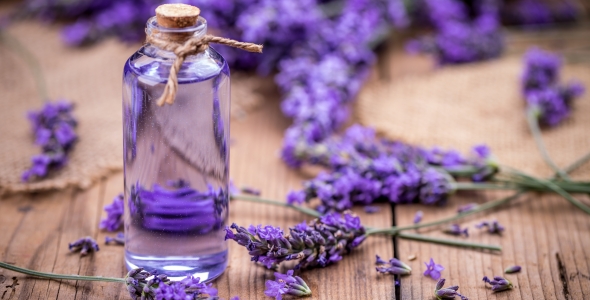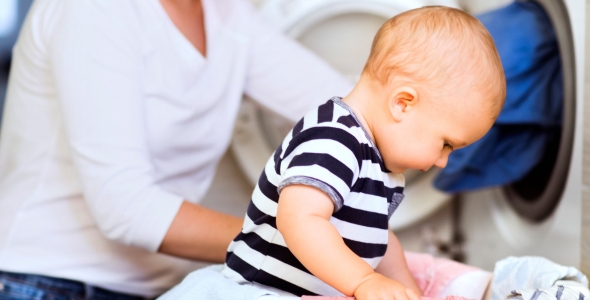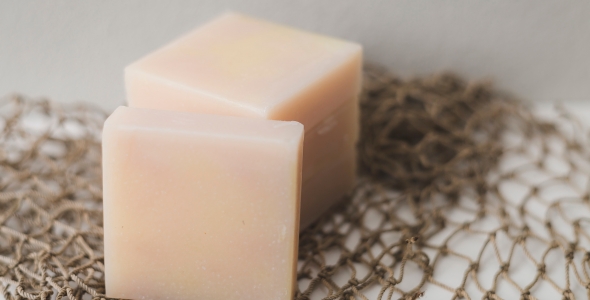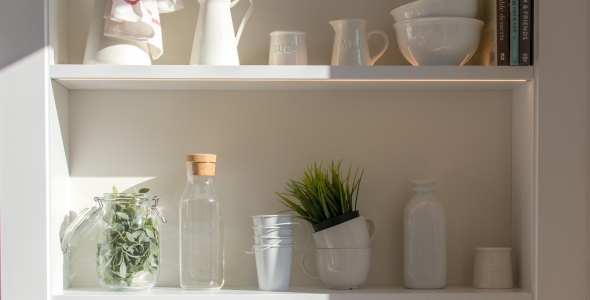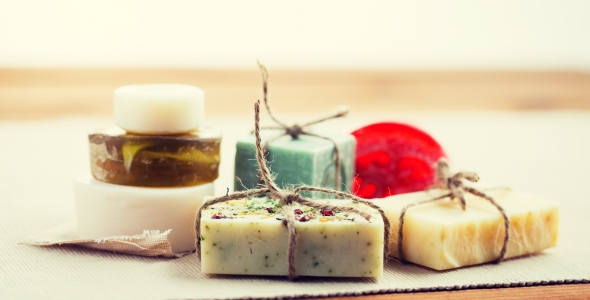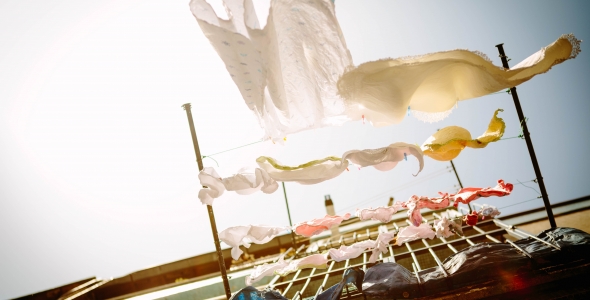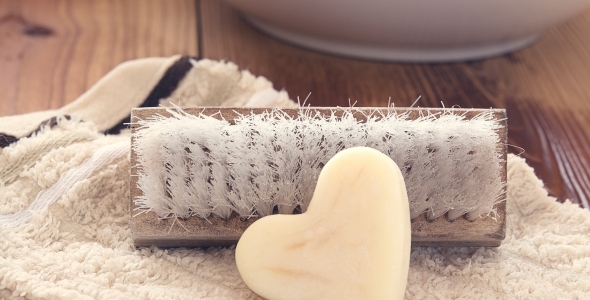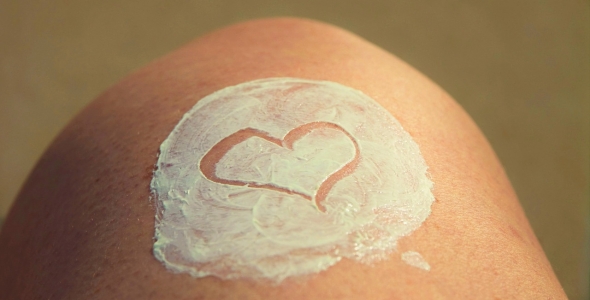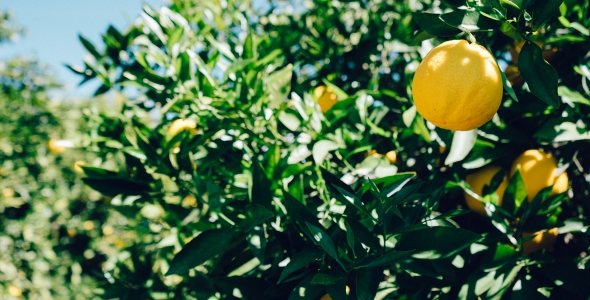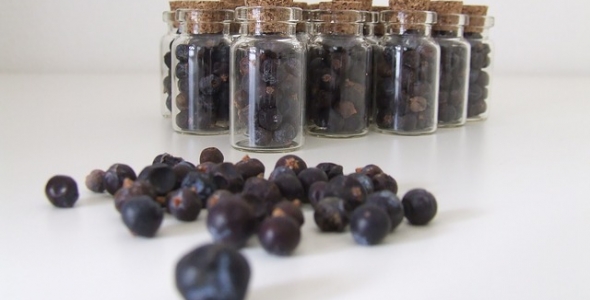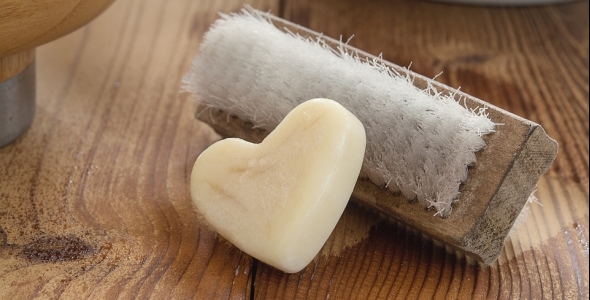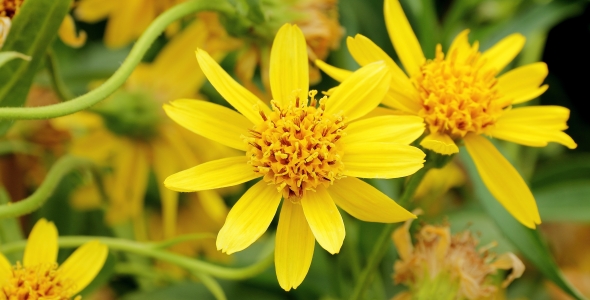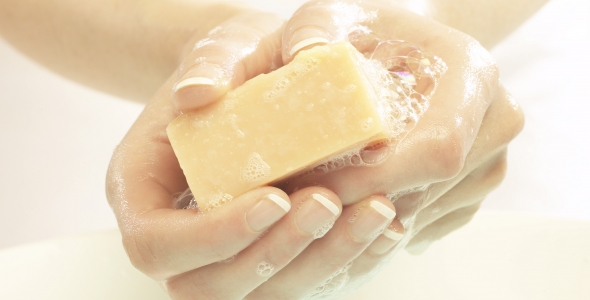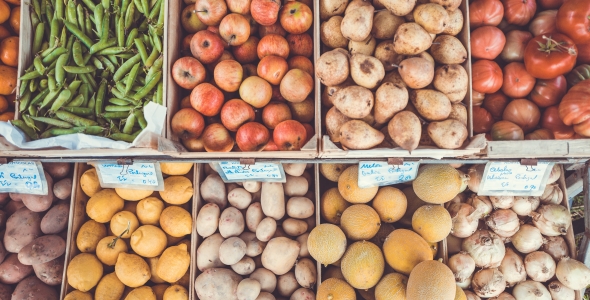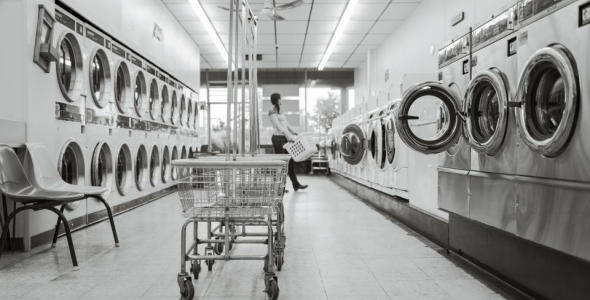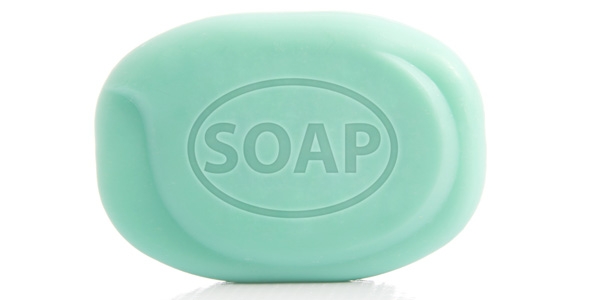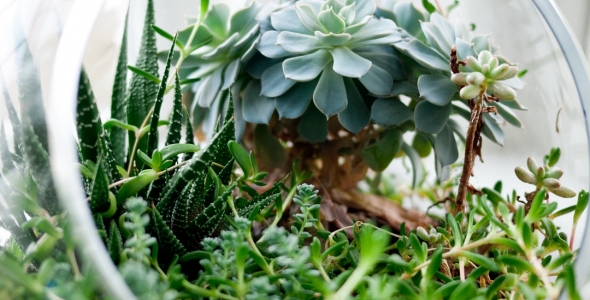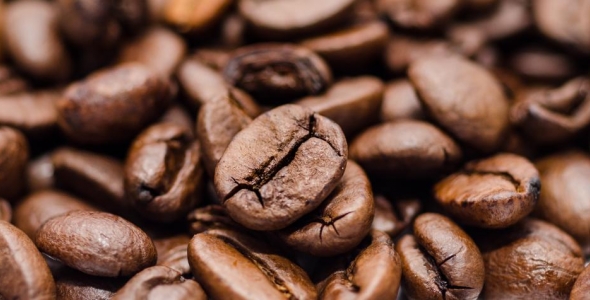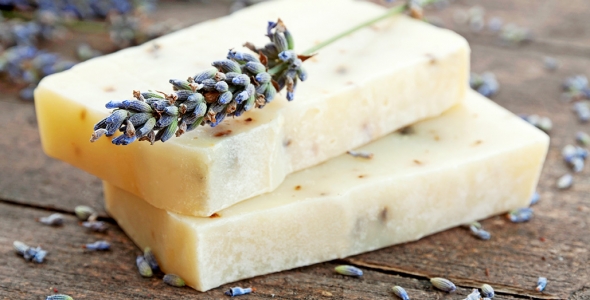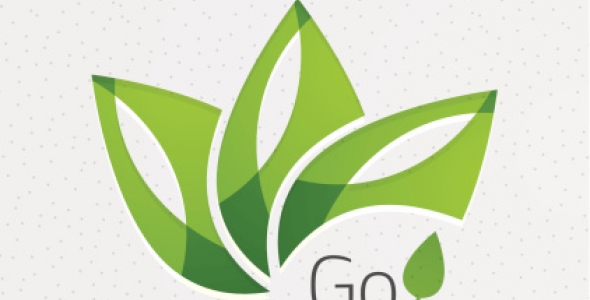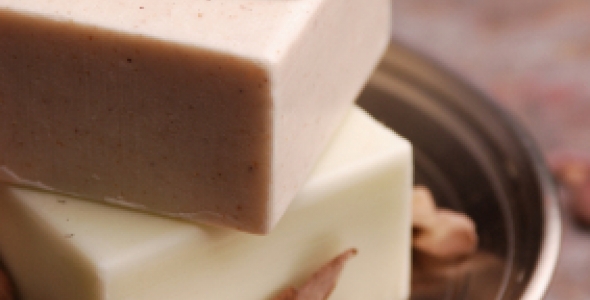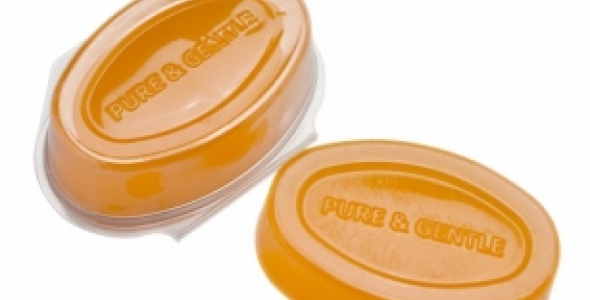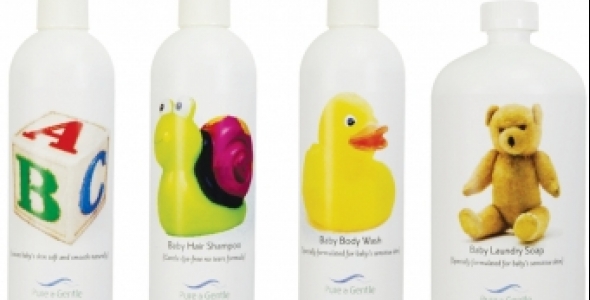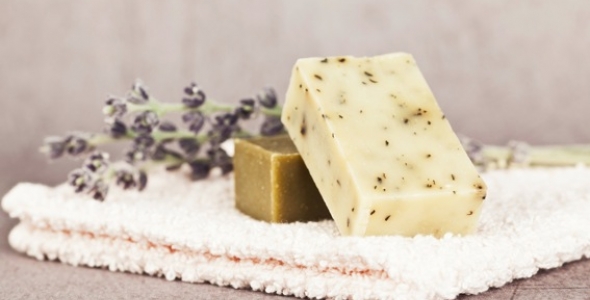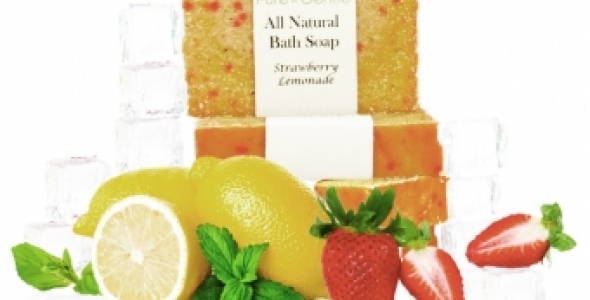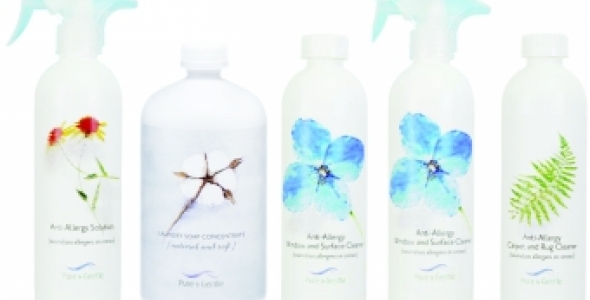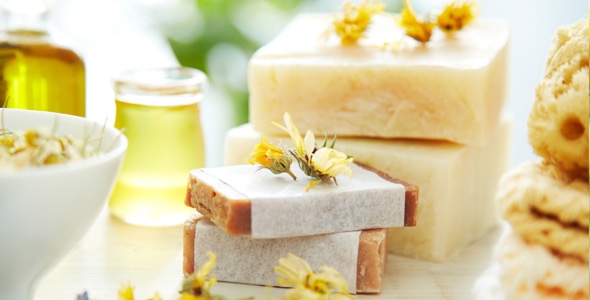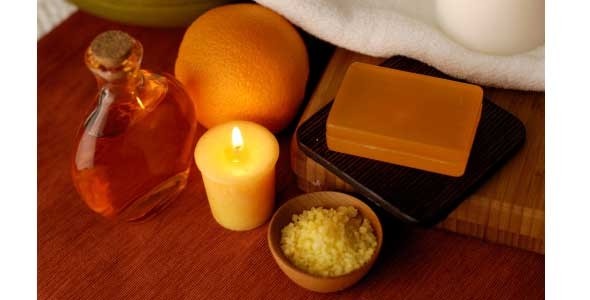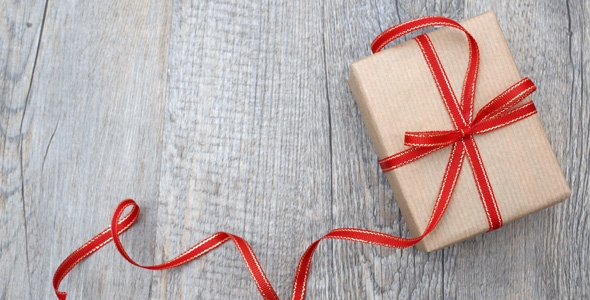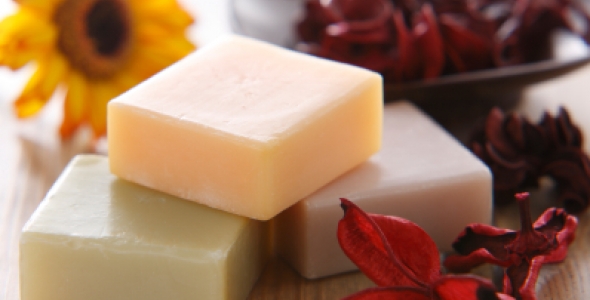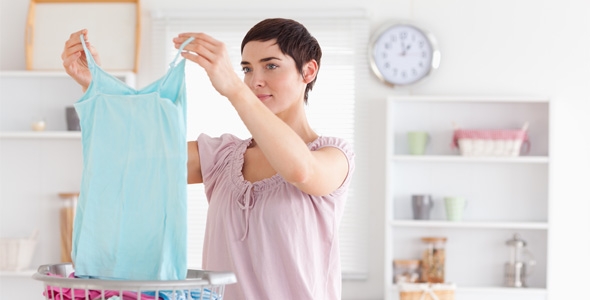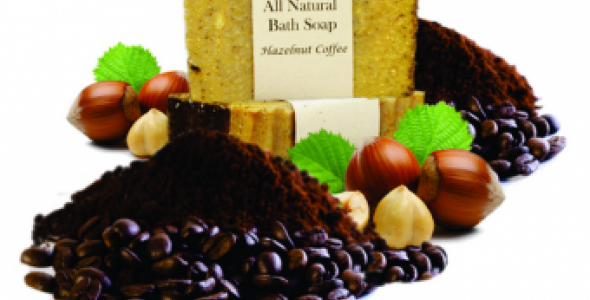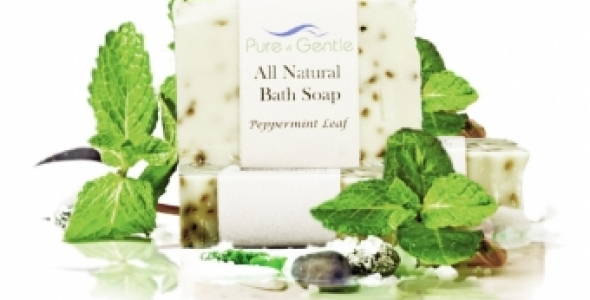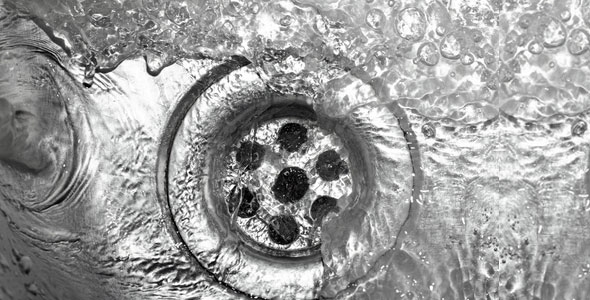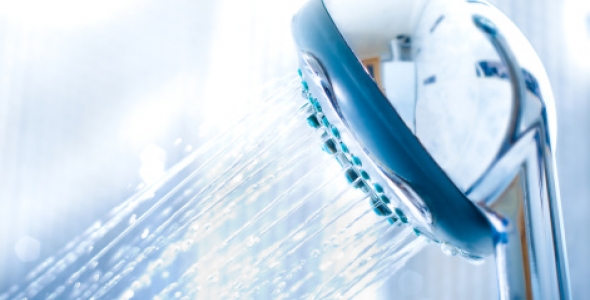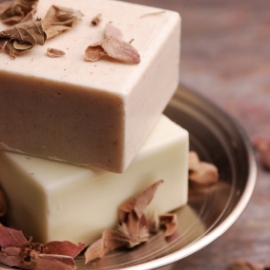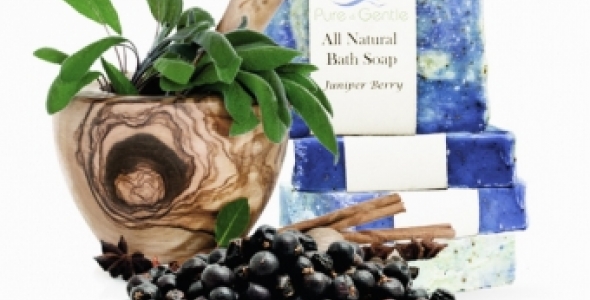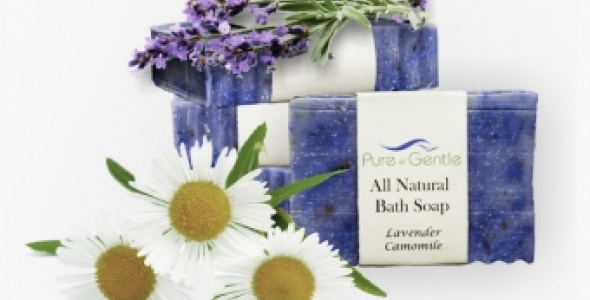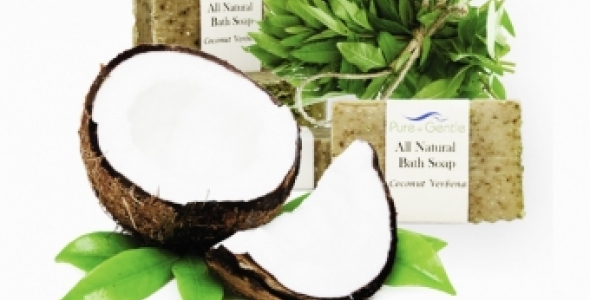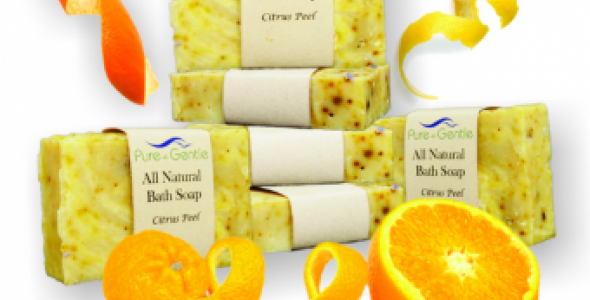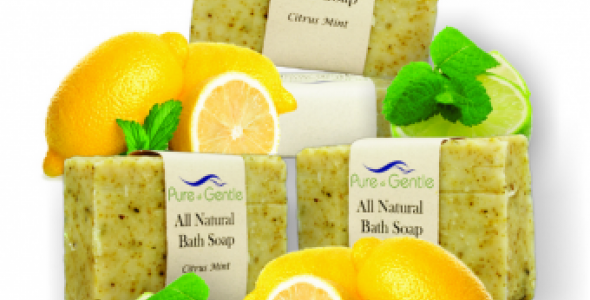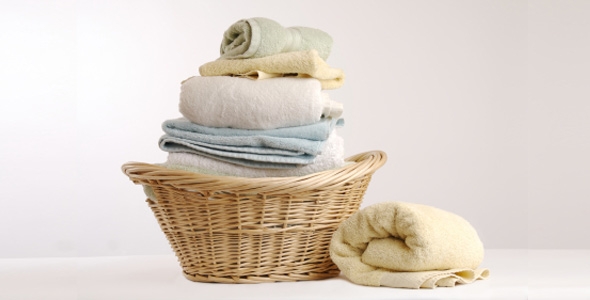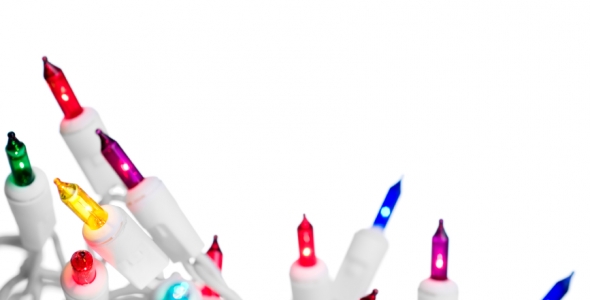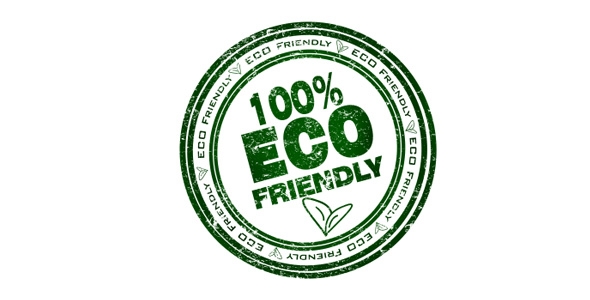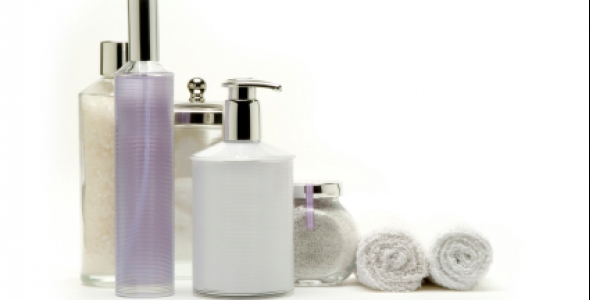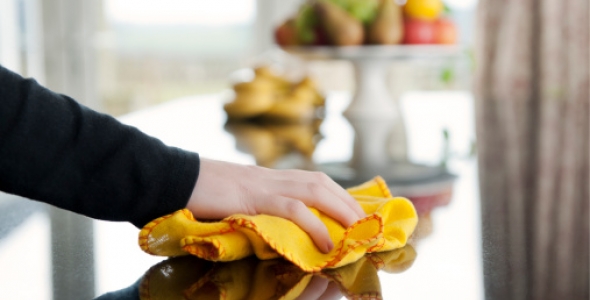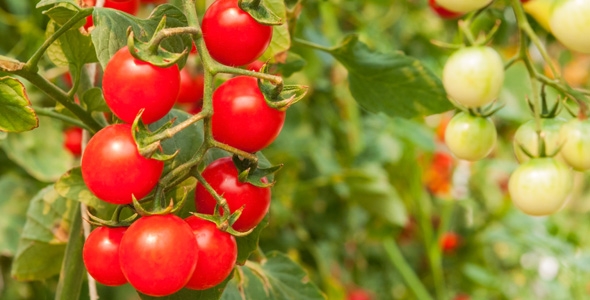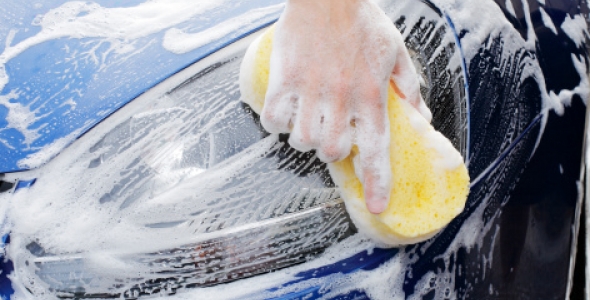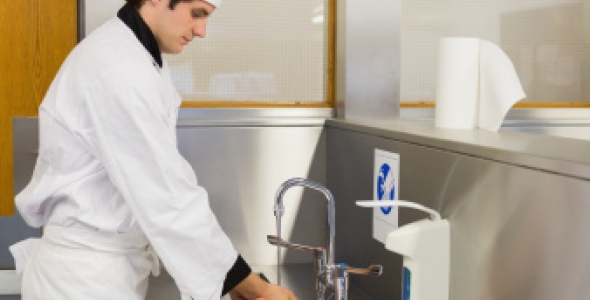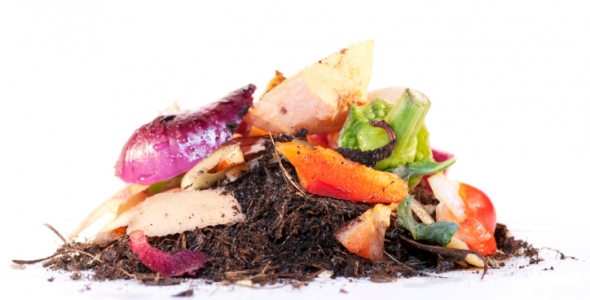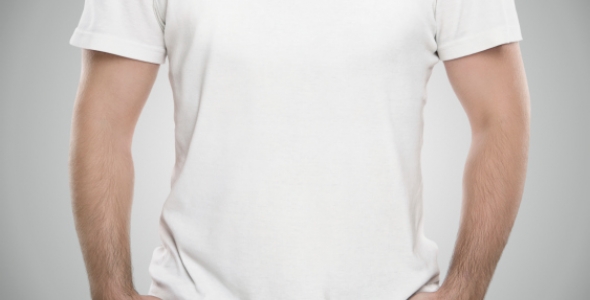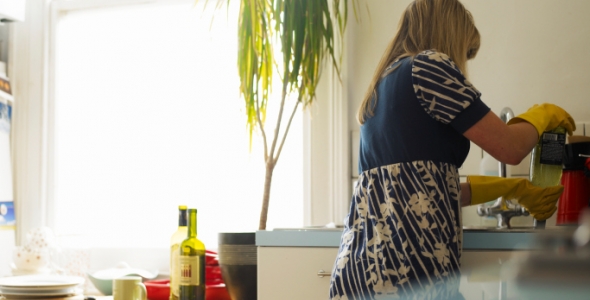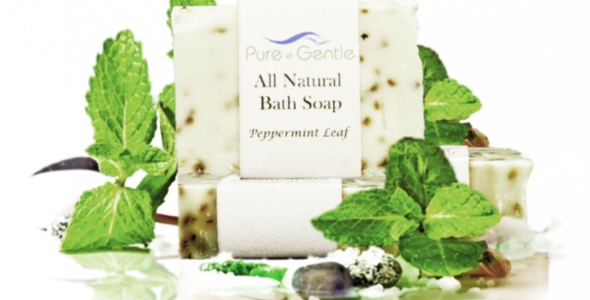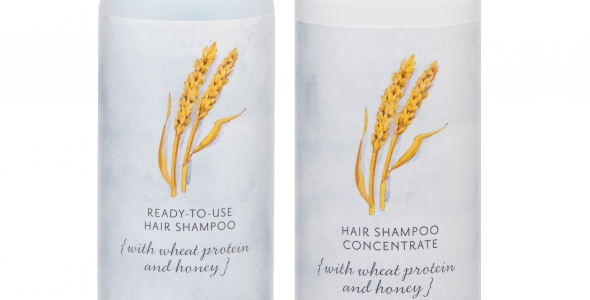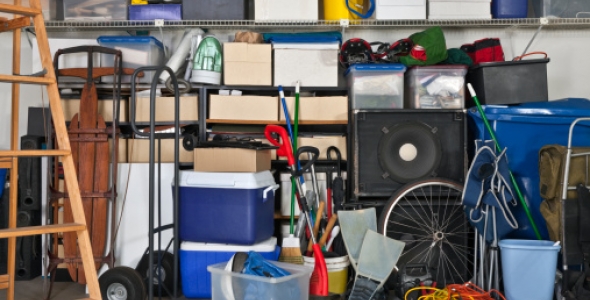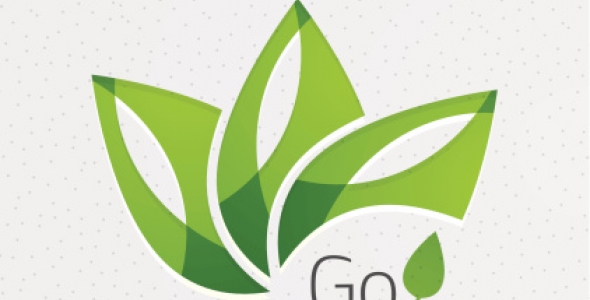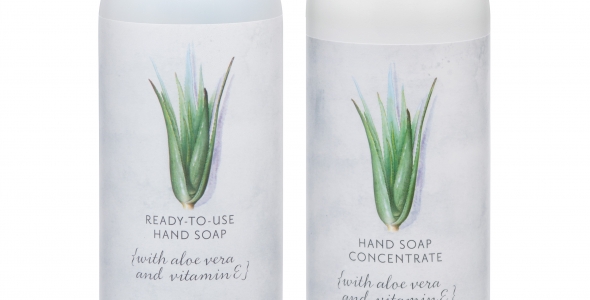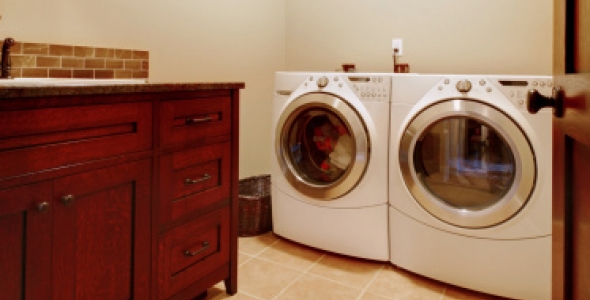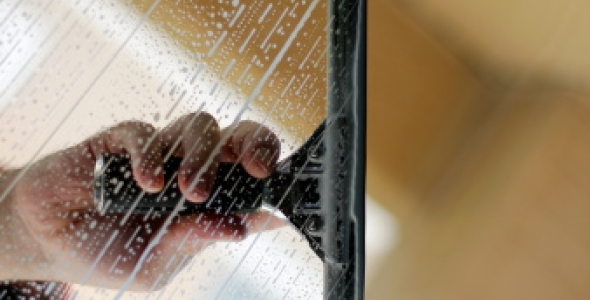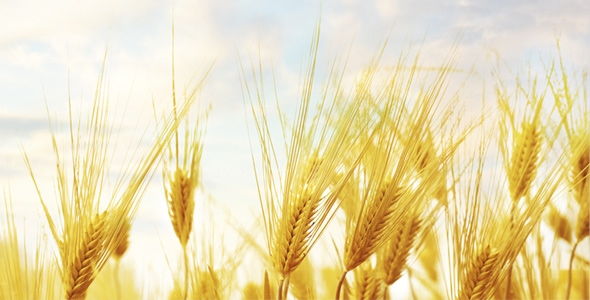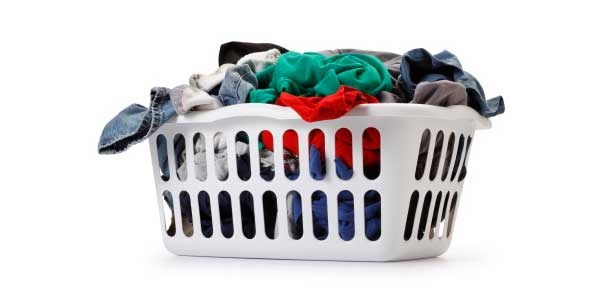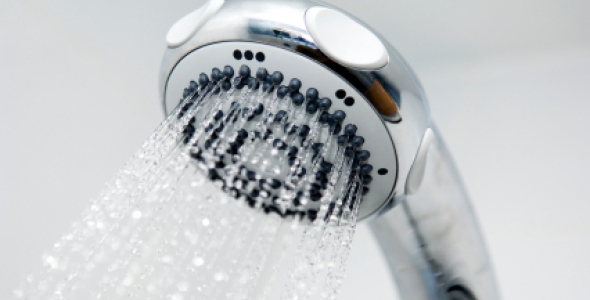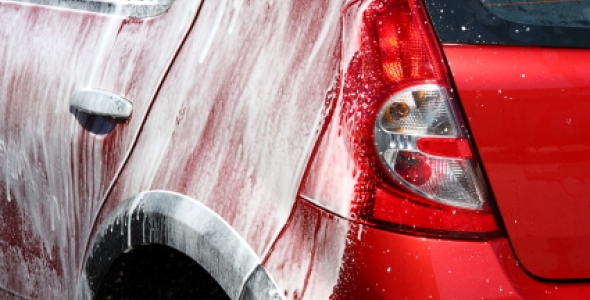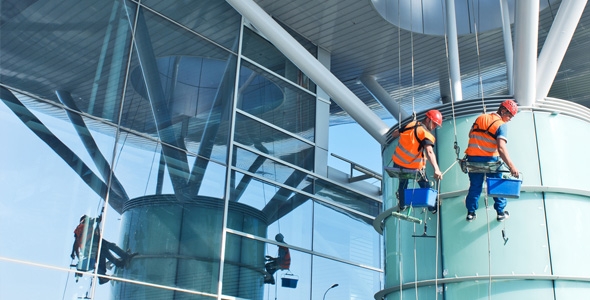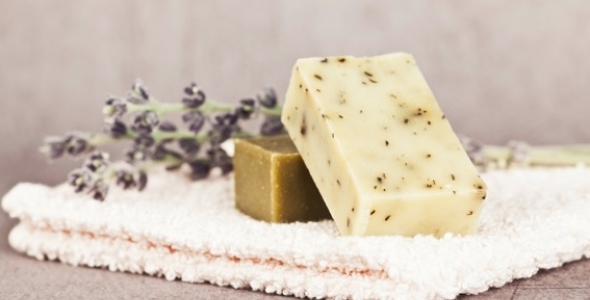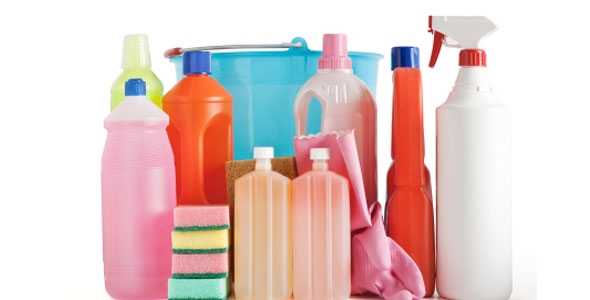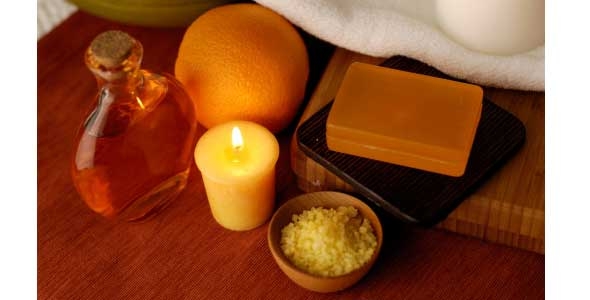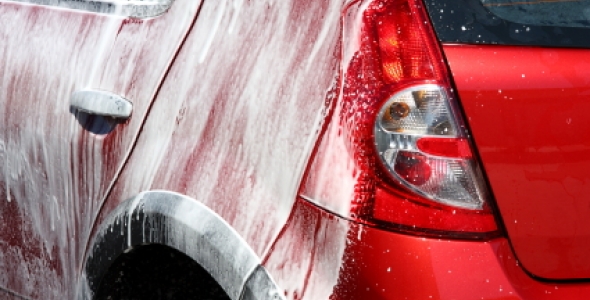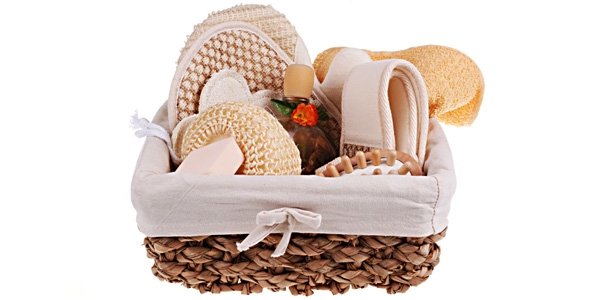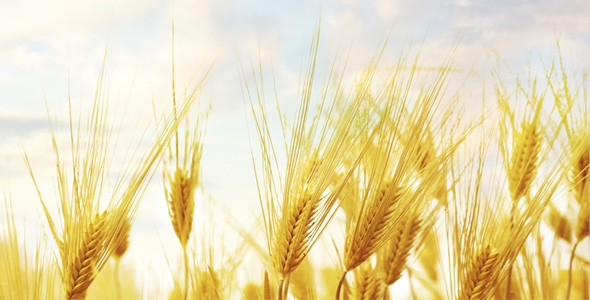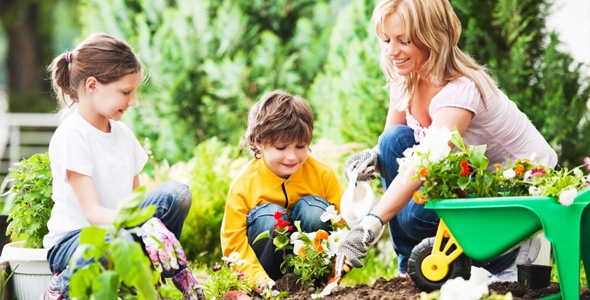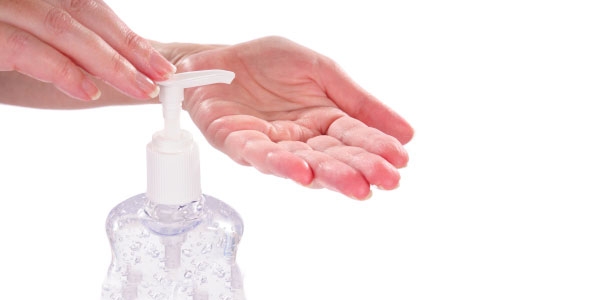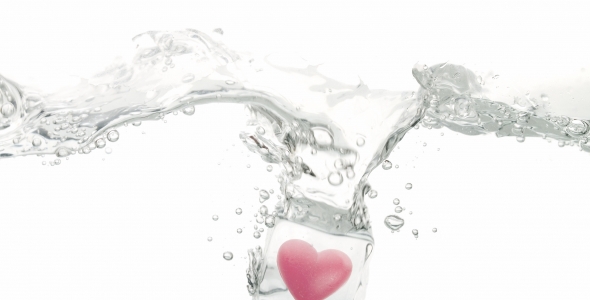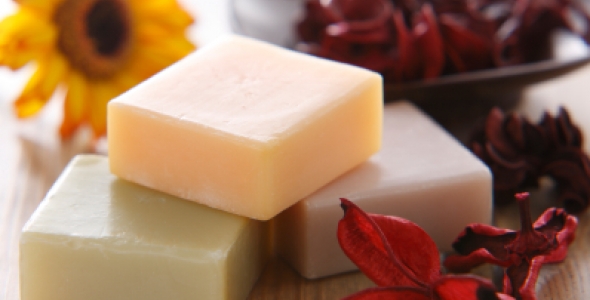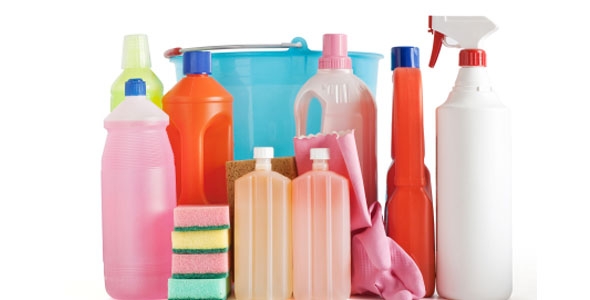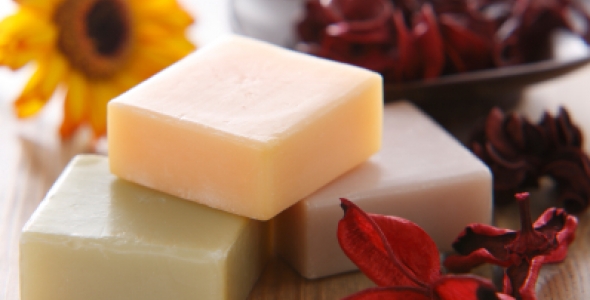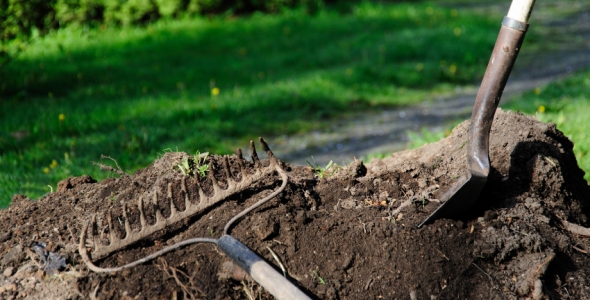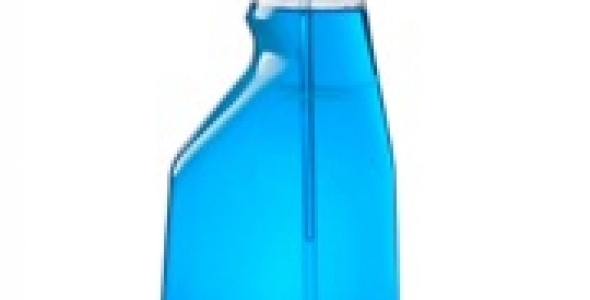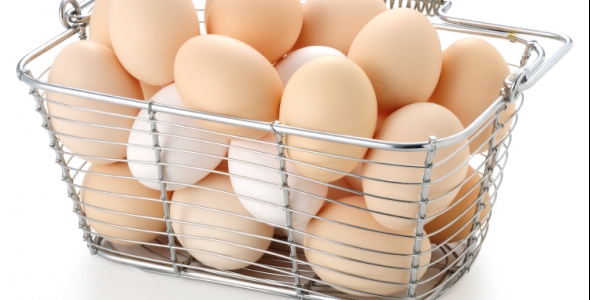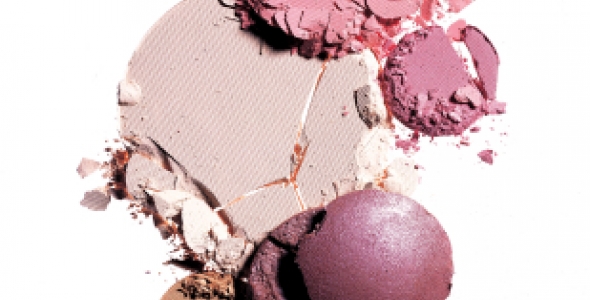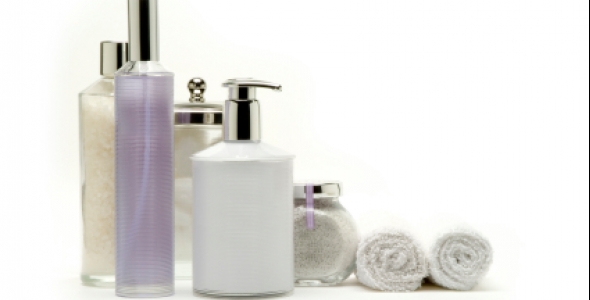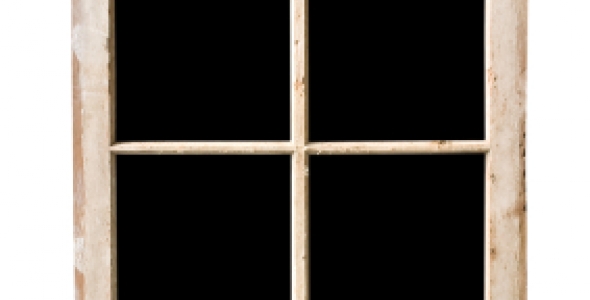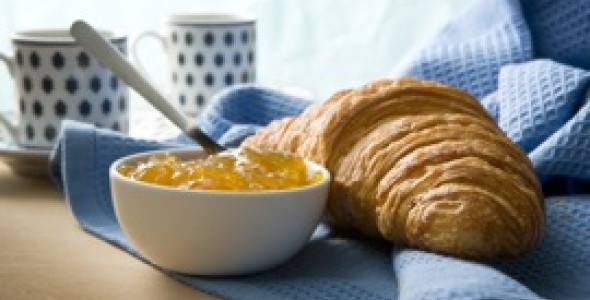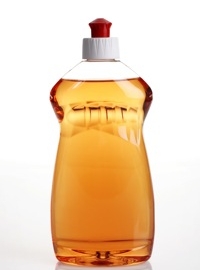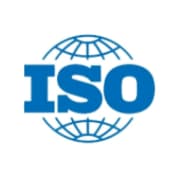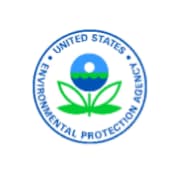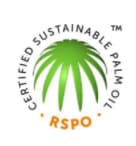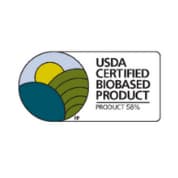As a company that prioritizes plastic mitigation, it’s important to us and our customers to have the conversation about plastic dispensers. We get it. Glass dispensers are in the spotlight right now. Scrolling through Instagram, it’s hard to resist the apothecary-worthy shelfies with glass dispensers topping bathroom and kitchen counters. But in consideration of the planet, specifically carbon emissions, Pure & Gentle has evaluated several key factors before determining what type of dispenser material to offer. And we want to share our thinking with you every step of the way – why plastic dispensers are a better choice in the world today, though there are costs to consider for both plastic and glass.
Plastic bottles are the world’s most popular dispensers and containers, and production is increasing every year. That said, it is a tragedy that most of the plastic bottles sold are single-use and most are discarded and dumped into landfills as an estimated 5-6% of plastic is currently recycled (3-4% lower than the previous year). The appalling reality of single-use plastic is why some consumers are now asking about glass dispensers.
Concentrated products mean multi-use dispensers First, it’s essential to recognize a vital difference in the Pure & Gentle product system – and takes the words “single-use” out of the equation. Because Pure & Gentle’s products are concentrated, you use our dispensers multiple times, filling them with our concentrated product and diluting it with your home’s water. In fact, customers use our dispensers 10-12 times on average for each product. Once the dispenser is worn out, it can then be recycled.
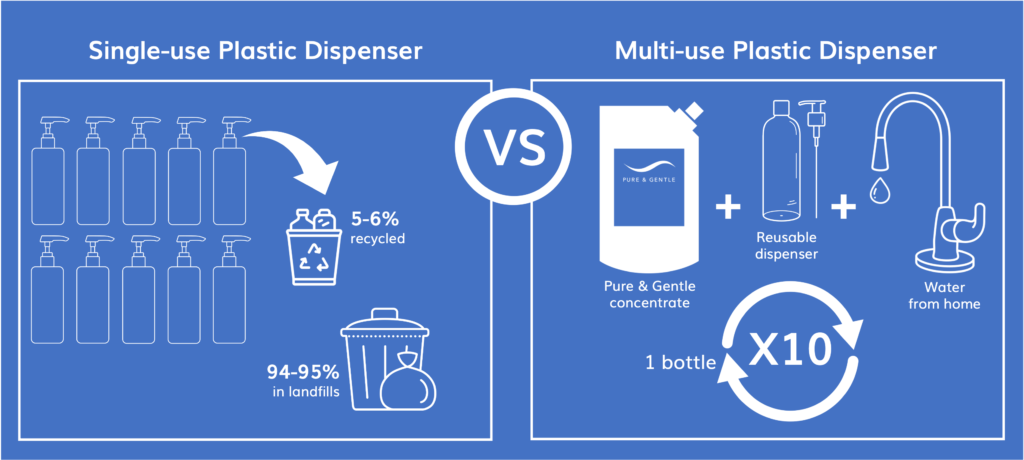
Understanding energy use in the glass life cycle
Another factor Pure & Gentle uses in determining our dispenser choice is the Life Cycle Analysis (LCA) on its carbon footprint. And because of its high energy processing, glass has a much larger carbon footprint than plastic.
Silica sand is the primary ingredient in glass. The sand is heated to extremely high temperatures, melted into liquid, then molded to make glass bottles. Glass requires temperatures of 2600 – 2800 degrees Fahrenheit to create, compared to plastic, which uses temperatures of just 400 – 500 degrees Fahrenheit, a fraction of the energy.
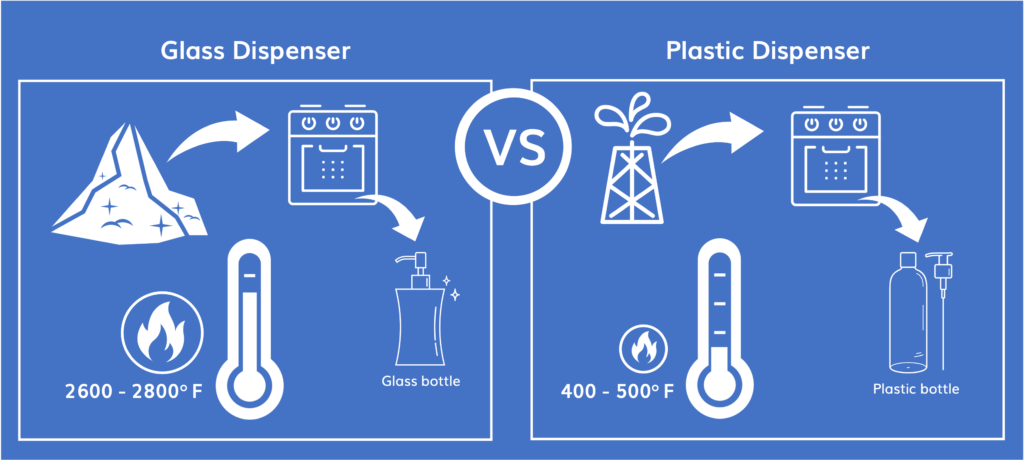
Understanding weight in the glass life cycle
It’s also important to understand the weight of the dispenser – another component of LCA – and the variances between glass versus plastic make a big difference.
Let’s get our science on and look at the math. When comparing glass versus plastic: a glass bottle weighing 82.2 grams (2.89 ounces) has 3.0 CO2 equivalents per gram. This calculates to a total impact of 246.6 grams of CO2 equivalents per bottle.
In contrast, the lighter weight 13 gram (0.45 ounce) plastic bottle has a higher 3.8 CO2 equivalents per gram, but just 49.4 grams of total CO2 equivalents because of its significantly lower weight. The plastic jar has just 20% of the carbon impact of the glass jar.
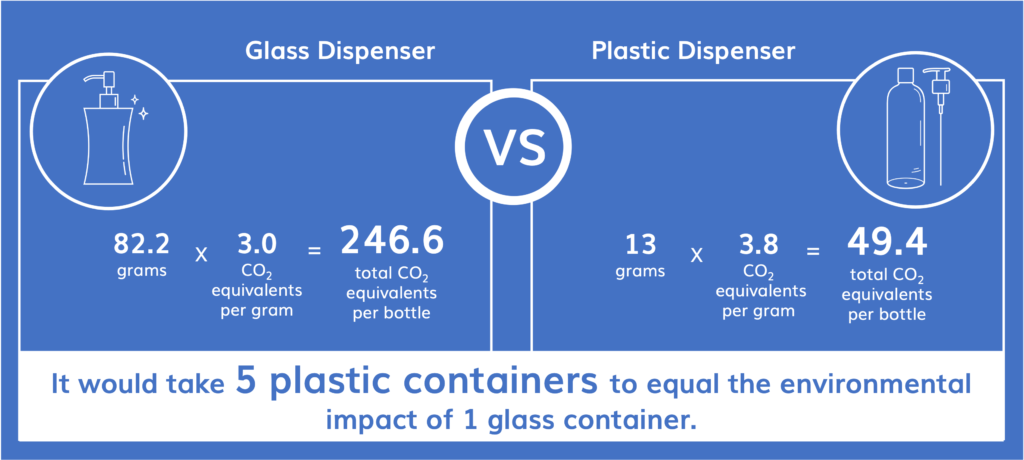
Remember each step of the process: the shipping and transportation of the raw materials to make the dispensers, shipping of the finished dispensers to warehouses, and shipping from warehouses to retail stores to consider. Each step of the supply chain includes significantly higher weights for transportation. In fact, according to ecochain.com, the weight of a glass bottle can be up to 40x the weight of a comparable PET bottle.
And then there’s breakage.
Additionally, the packaging required to ship glass has a significantly larger waste footprint. The packaging materials needed to ship glass must take great care to protect the glass so that it does not break during the shipping process. Even using an overabundance of materials like non-recyclable, petroleum-based Styrofoam and additional cardboard boxes (a method called “over boxing”), there is often breakage, an estimated 3%, though this number varies.
The fragile nature of glass is not just a consideration during the manufacturing and shipping process – it’s also important to consider in the home. Glass dispensers should not be used in water-prone environments like kitchens and bathrooms where tile floors are common and so are slippery, wet hands. All it takes is one split second for a glass dispenser to hit the floor and cover it in dangerous, sharp shards. Plastic dispensers are much more resilient and, when dropped, don’t create the hazards that glass dispensers do.
Understanding the impact to natural resources in the glass life cycle
Finally, when considering glass versus plastic dispensers, natural resources are an important consideration. Remember that the primary raw material for glass bottles is silica sand? The demand for sand is rising faster than our planet can replenish it. Silica sand is found in rivers and sea beds, and removal can have grave environmental effects. It can damage natural ecosystems, disturb river flows, and contribute to erosion and flooding in shoreline communities.
Pure & Gentle dispenser bottles are BPA (Bisphenol A) free and are 100% recyclable. By reusing them over and over again with our concentrated product formulations, you keep plastic waste out of landfills. In fact, since 2015, Pure & Gentle’s high-value, high-concentrate products have saved 3.5 million pounds of plastic waste and pollution – the equivalent of 13 football fields of plastic!
If reducing your carbon footprint is a high priority because glass dispensers are heavier and require more energy to manufacture, plastic is a better solution. For more information about Pure & Gentle’s plastic mitigation solutions, please visit https://pureandgentlesoap.com/pure-gentle-plastic-mitigation-faq/
Sources:
- https://earth.org/glass-bottles-environmental-impact/
- https://www.theguardian.com/us-news/2022/may/04/us-recycling-plastic-waste
- https://ecochain.com/story/case-study-packaging-plastic-vs-glass/
- https://www.drugplastics.com/choose-plastic-over-glass-for-better-sustainability/
- https://mmaazz.org/blog/the-predictor-of-glass-breakage-on-the-line-a-snapshot-of-ips-and-glass-pac
- https://mathcentral.uregina.ca/QQ/database/QQ.09.08/h/amie1.html


